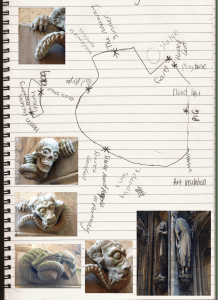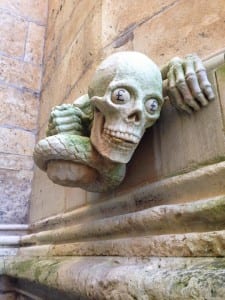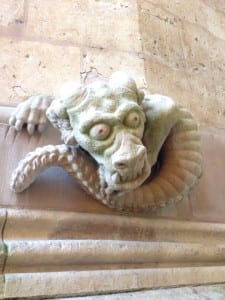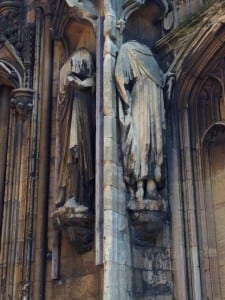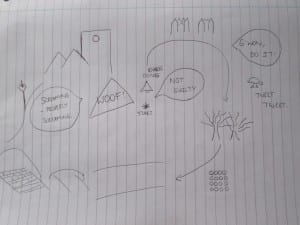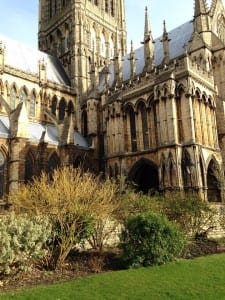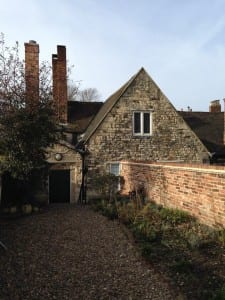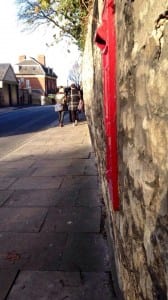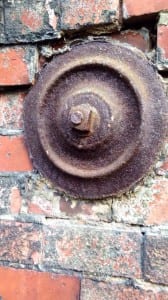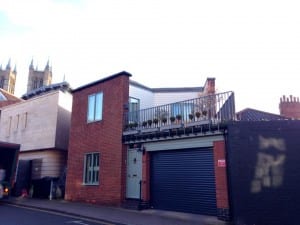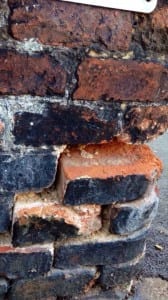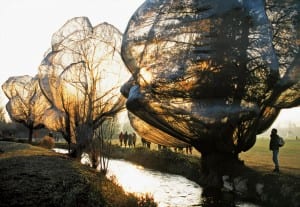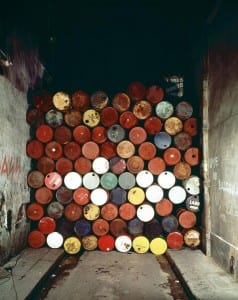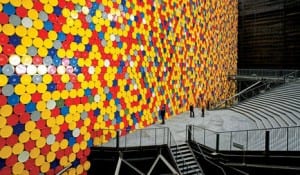This weeks tasks had me really engaging with the idea of guides; an idea that I unexpectedly enjoyed. One of the tasks that we were given was to create a map, any type of map, but it had to be unconventional. My partner and I wandered around the cathedral, drawing freehand lines in correspondence to where we walked. We were originally going to recreate the shape of the map with objects we found on our walk. However we were then rapidly distracted when we found controversial gargoyles. This then took us onto a completely different track, and we then started to mark down on the map where the controversial and simply out of place gargoyles were on the cathedral. Within his book Mythogeography, Phil Smith stated that ‘after a while certain things may begin to connect and once that starts happening, without obsessively pursuing a story, you can begin, collectively, to ‘compose’ your drift, allowing what has happened so far to determine your next choices’ (Smith, 2010, 199). This slight tangent that we allowed our drift to go on meant that we developed something that truly interested us, something that was inspired purely from the site itself. I particularly like the idea of a misguide around the cathedral, creating elaborate storied about why and how theses particular statues are here. Allowing people to look beyond the typical tourist view of the cathedral, and discover new information about a place they may have thought they knew so well. Below is the map we drew and some photos of the gargoyles we found on our journey.
As well as experiencing this oddly enlightening drift around the cathedral, we also explored the misguide. Despite finding this exercise difficult at first, it turned out extremely fun and interesting, both as ‘performer’ and audience. Although the facts aren’t true, the audience are shown a new and sometimes outrageous perception of a place. For example there were several misguides that took place, all with brilliant ‘stories’. Each one brought a new perception to the area around where St Paul in the Bail church once stood, and ultimately I’ll now see that place in a completely different light.
Smith, P. (2010) Mythogeography: A Guide to Walking Sideways. Devon: Axminster Triarchy Press.

